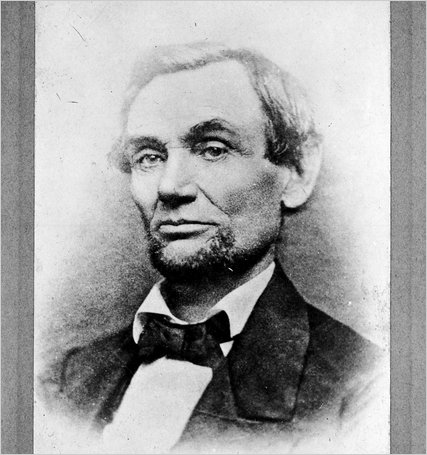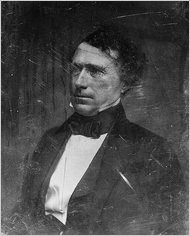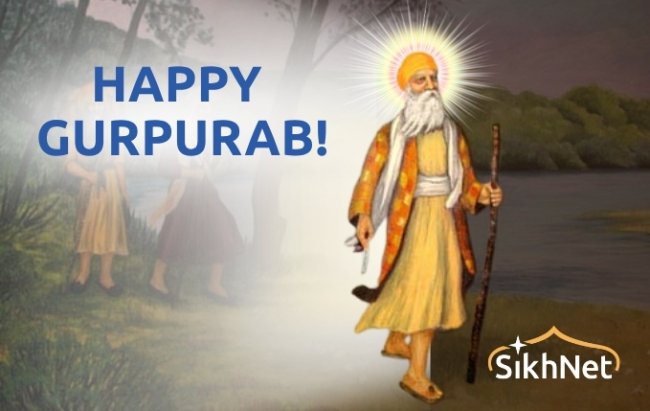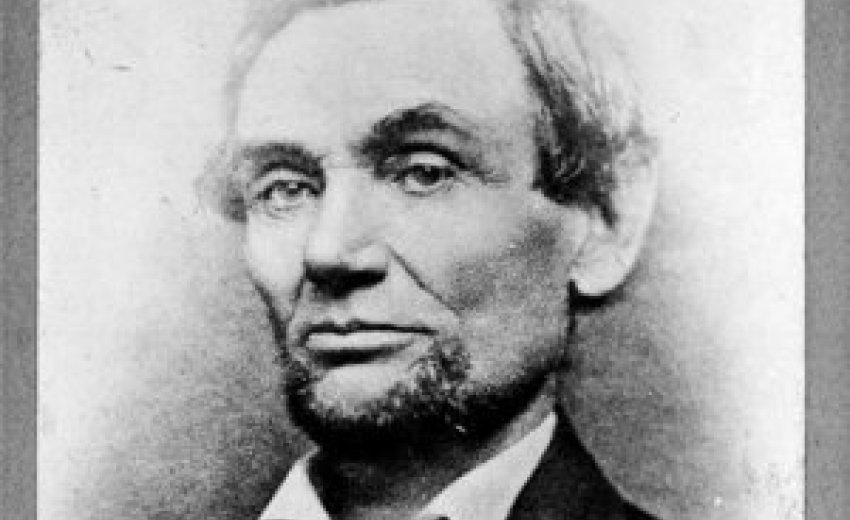 It is probably the most famous face, and certainly the most famous beard, in the history of the world. There are more portraits of it in existence than of any other face. Indeed, they outnumber the entire population of flesh-and-blood human beings who have ever lived on the planet. You probably have several jingling in your pocket right now, and maybe another couple folded in your wallet. Millions of years from now – who knows? – they may still be trapped under car seats and sofa cushions, long after our species has gone extinct.
It is probably the most famous face, and certainly the most famous beard, in the history of the world. There are more portraits of it in existence than of any other face. Indeed, they outnumber the entire population of flesh-and-blood human beings who have ever lived on the planet. You probably have several jingling in your pocket right now, and maybe another couple folded in your wallet. Millions of years from now – who knows? – they may still be trapped under car seats and sofa cushions, long after our species has gone extinct.
We’ve seen its features so many times – on pennies, five-dollar bills and ads for Presidents’ Day sales – that they’ve become almost invisible. It’s hard to believe that there was a moment when it came into being, a moment when Abraham Lincoln’s face as we know it was invented. Yet there was such a moment, and one might say that it occurred on a Sunday in Chicago, 150 years ago today. That’s when a photographer named Samuel G. Alschuler opened the shutter of his camera for several seconds and captured the first image of the president-elect with his newly grown beard.
The story of how Lincoln decided to let his chin whiskers sprout has been retold so many times that it’s almost legendary: Grace Bedell, an 11-year-old in upstate New York, wrote him a letter a few weeks before the election. “I have got 4 brothers,” she told the Republican candidate, “and part of them will vote for you any way and if you let your whiskers grow I will try and get the rest of them to vote for you. You would look a great deal better for your face is so thin. All the ladies like whiskers and they would tease their husbands to vote for you and then you would be President.” Lincoln replied to the “dear little miss”: “As to the whiskers, having never worn any, do you not think people would call it a piece of silly affect[at]ion if I were to begin it now?” Just days after his election, though, he made up his mind. “Billy,” he supposedly told his barber, “let’s give them a chance to grow.”
|
| |
|
Slide Show Evolution of a Beard |
 |
| How Abraham Lincoln went from a clean-shaven candidate to a bearded president. | |
|
| |
Young Grace wasn’t the first well-meaning supporter to suggest a makeover. Lincoln himself had often cracked jokes about his own homeliness. During one of his famous debates with Stephen Douglas, the story goes, Douglas called him two-faced. Lincoln turned and appealed to the crowd. “If I had another face,” he asked, “do you think I’d wear this one?” Perhaps it’s not surprising that he finally decided to camouflage his scrawny neck and sunken cheeks.
Yet there was much more to it than that. For more than a hundred years, American men had, nearly without exception, gone clean-shaven; in the late 18th century, a Philadelphia woman considered it noteworthy when she saw “an elephant and two bearded men” in the street one day. Now, in 1860, beards seemed to be sprouting everywhere, proliferating as rapidly and luxuriantly as some new species of invasive tropical plant.
An unfolding history of the Civil War with photos and articles from the Times archive and ongoing commentary from Disunion contributors.
Most American historians, when they have considered the 19th-century whisker revolution at all, have assumed it had to do with Civil War soldiers avoiding the inconvenience of shaving. In fact, the phenomenon predated the war by a number of years – and was the subject of a great deal of contemporary comment and debate. By the mid-1850s, talk of a “beard movement” was sweeping the nation. In 1857, an intrepid journalist strolled through Boston’s streets, conducting a statistical survey: of the 543 men he tallied, no fewer than 338 had full, bushy beards, while nearly all the rest sported lesser facial hair of various sorts. Only four were “men of the old school, smooth shaven, with the exception of slight tufted promontories jutting down from either ear, as if designed as a compromise measure between the good old doctrine and modern radicalism.”
As that remark suggests, antebellum beards bristled with political connotations. American newspapers reported that in Europe, beards were seen as “dangerous” tokens of revolutionary nationalism, claiming that the Austrian and Neapolitan monarchies even went so far as to ban them. In England they were associated with the sudden burst of martial fervor during the Crimean War. When the trend reached America, connotations of radicalism and militarism traveled with it, spanning the Mason-Dixon Line. It was no accident that the timid Northern Democrats who sympathized with slaveholders – like President James Buchanan – were called “doughfaces.” Meanwhile, the Republicans’ first standard-bearer, John C. Frémont in 1856, had also been the first bearded presidential candidate in American history. (The most famous antebellum beard of all, though, was John Brown’s.) Franklin PierceLibrary of Congress Franklin Pierce
 Lincoln’s beard was only part of what made his physical appearance seem like a break with the presidential past. Compare the Alschuler photograph to Mathew Brady’s portraits of Buchanan and Franklin Pierce, both considered handsome men in their time. Each wears a high white collar with a tightly wrapped neck stock. Lincoln, with Whitmanesque nonchalance, wears his tie loose and his low, soft collar slightly open. The difference looks negligible to modern eyes, but in a 19th-century context, it was like changing out of a business suit and into a polo shirt.
Lincoln’s beard was only part of what made his physical appearance seem like a break with the presidential past. Compare the Alschuler photograph to Mathew Brady’s portraits of Buchanan and Franklin Pierce, both considered handsome men in their time. Each wears a high white collar with a tightly wrapped neck stock. Lincoln, with Whitmanesque nonchalance, wears his tie loose and his low, soft collar slightly open. The difference looks negligible to modern eyes, but in a 19th-century context, it was like changing out of a business suit and into a polo shirt.
More startling, though, is Lincoln’s expression: somehow both frank and calculating, immediate and remote. There is something modern about this face – and to latter-day eyes it has proven far more magnetic than Buchanan’s or Pierce’s. “Marilyn Monroe pronounced Lincoln ‘the sexiest man in American history’ and claimed she married Arthur Miller because of his Lincolnly length and raw-boned face,” reports Allan Gurganus in one of the most splendid essays ever written on the war. Pablo Picasso is supposed to have kept a boxful of Lincoln photographs and engravings in his studio, exclaiming to a visitor, “There is the real American elegance!”
During the 1860 campaign, Republican propaganda had often portrayed Lincoln in a still more informal mode, turning the bookish attorney into a youthful he-man splitting fence rails, his sleeves rolled up and shirt unbuttoned to the waist. In Chicago on Nov. 25, the Rail-Splitter began his transformation into Father Abraham.
A few days afterward, Alschuler, a Jewish immigrant from Germany, sent the portrait to his sitter as “a small token of my esteem.” Lincoln does not seem to have liked it, or even saved it; it was never reproduced, and the sole surviving copy only turned up 30 years later in the files of another Chicago photographer. But Lincoln’s decision inaugurated what might be called the Bearded Age in the nation’s political history: for the next half century, only one man would be elected president without benefit of facial hair.
Acknowledgments:
Photographs: Library of Congress
Photo by: Abraham Lincoln, Nov. 25, 1860, photographed in Chicago by Samuel G. Alschuler.

